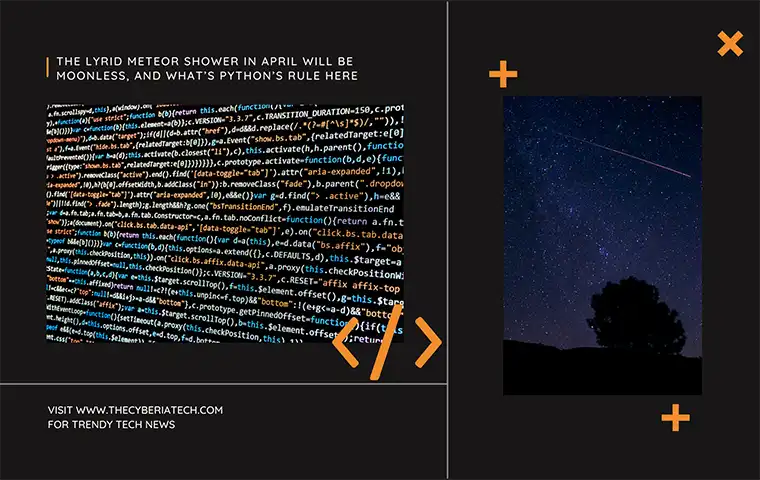In-App Purchases vs Ads: Which Strategy is Best?
You’ve created your app, and people are starting to download,...
We use cookies for our website to give you the most relevant experience by remembering your preferences. By clicking “accept”, you consent to use of ALL the cookies
This website uses cookies to improve your experience while you navigate through the website. Out of these, the cookies that are categorized as necessary are stored on your browser as they are essential for the working of basic functionalities of the website. We also use third-party cookies that help us analyze and understand how you use this website. These cookies will be stored in your browser only with your consent. You also have the option to opt-out of these cookies. But opting out of some of these cookies may affect your browsing experience.
Necessary cookies are absolutely essential for the website to function properly. These cookies ensure basic functionalities and security features of the website, anonymously.
| Cookie | Duration | Description |
|---|---|---|
| cookielawinfo-checkbox-functional | 11 months | This cookie is set by GDPR Cookie Consent plugin. The cookie is used to store the user consent for the cookies in the category “Analytics”. |
| cookielawinfo-checkbox-functional | 11 months | The cookie is set by GDPR cookie consent to record the user consent for the cookies in the category “Functional”. |
| cookielawinfo-checkbox-necessary | 11 months | This cookie is set by GDPR Cookie Consent plugin. The cookies is used to store the user consent for the cookies in the category “Necessary”. |
| cookielawinfo-checkbox-others | 11 months | This cookie is set by GDPR Cookie Consent plugin. The cookie is used to store the user consent for the cookies in the category “Other. |
| cookielawinfo-checkbox-performance | 11 months | This cookie is set by GDPR Cookie Consent plugin. The cookie is used to store the user consent for the cookies in the category “Performance”. |
| viewed_cookie_policy | 11 months | The cookie is set by the GDPR Cookie Consent plugin and is used to store whether or not user has consented to the use of cookies. It does not store any personal data. |
Functional cookies help to perform certain functionalities like sharing the content of the website on social media platforms, collect feedbacks, and other third-party features.
Performance cookies are used to understand and analyze the key performance indexes of the website which helps in delivering a better user experience for the visitors.
Analytical cookies are used to understand how visitors interact with the website. These cookies help provide information on metrics the number of visitors, bounce rate, traffic source, etc.
Advertisement cookies are used to provide visitors with relevant ads and marketing campaigns. These cookies track visitors across websites and collect information to provide customized ads.
Other uncategorized cookies are those that are being analyzed and have not been classified into a category as yet.
Cyberia Tech, Inc. respects your privacy. This Privacy Policy explains how we collect, use, and share your information. By using our services, you agree to this policy. If any other agreements conflict with this Privacy Policy, the terms of those agreements prevail.
Cyberia Tech complies with the EU-US and Swiss-US Privacy Shield Frameworks for handling personal data from the EEA, UK, and Switzerland. In case of any conflict, the Privacy Shield Principles prevail. Learn more at Privacy Shield. Key Definitions
Information linked to an individual, transferred from the EEA, UK, or Switzerland to the U.S.
Data revealing race, religion, health, sexual orientation, and similar categories.
Effective Date: [ 2025 / 11 / 28 ]
Welcome to The Cyberia Tech ! By accessing or using our website or services, you agree to
comply with and be bound by these Terms of Use and our Privacy Policy. If you do not agree with
these terms, please do not use our Services.
Loading
0 %

This year’s Lyrid meteor shower is the first of several good showers in 2023, thanks to the Moon’s absence during peak activity. In April, the Lyrid meteor shower is at its peak.
The Lyrid meteor shower happens every year between April 14 and April 30. The peak is expected to occur on April 22 or 23, 2023. In 2023, the Lyrid meteor shower should be at its own perfection. Even though the peak is only 18 meteors per hour, this shower will be great to watch.
Table of Contents

A meteor shower is a cluster of meteors that seems to radiate outward from its source. The radiant is the imaginary point in the sky from which a meteor shower appears to radiate. The Leonids appear to originate in the constellation Leo and the Lyrids in Lyra. Comets produce a debris tail as they orbit the Sun.
We refer to these pieces, most of which are tiny than a grain of sand, as meteors when they enter Earth’s atmosphere. With their rapid ascent through the atmosphere, meteors nearly always totally disintegrate. The light they emit as they decompose is what we observe.
During the past 2,700 years, the Lyrids have been written about in numerous cultures worldwide. In 687 B.C. and 15 B.C., respectively, Chinese astronomers recorded notable displays. Another source from Korea documented the shower in 1136 with the phrase, “many stars flew from the northeast.”
During a late-night fire alarm in 1803, people in Richmond, Virginia, ventured outside. According to historical accounts, the meteors looked like rockets firing into the sky.
“Stars that shoot. On Wednesday morning last, residents of Richmond and the surrounding area witnessed an electrical phenomenon that terrified and amazed them. From 1 to 3 a.m., those dazzling meteors descended from the sky in such abundance that they resembled a rocket shower, ” a journalist explained in an article from the time that was later published.
According to NASA, close spectacular shower observations occurred in Greece in 1922, Japan in 1945, and the United States in 1982.
The Lyrids can be seen from the southern hemisphere, but the northern hemisphere will provide the finest viewing conditions. In the constellation Lyra, you’ll find the brilliant star, Vega. Radiating meteors will be visible close to the constellation.

Over the Moon, a new Netflix Original follows Fei Fei as she constructs a rocket ship to visit the Moon and pay homage to the Moon Goddess Chang’e. It is thought that the shooting stars we see at night are actually Chang’e’s tears. This inspired Dr. G to dive deep into what meteor showers actually are and how they are predicted. Let us dive into how meteor shower does predict.
The data was extracted from the CSV file through the Pandas module in Python. For scaling the data, the Standard Scaler and MinMaxScaler in the Preprocessing module of Scikit-Learn were utilized to normalize the features to advised values for the predictive models.
Label Encoders from the Scikit-Learn module were used to index the various strings in the Shower data and convert them to integer values as string values could not be processed by certain machine learning models.
Further, an observatory’s latitude, longitude, and elevation were collapsed into a single index through another label encoder for ease of classification. The Keras and Scikit-Learn libraries on Python were used for building and evaluating the machine-learning models.
In the end, watching a Lyrid meteor shower can be an exciting event. We hope you enjoy seeing this beauty.
How do scientists predict meteorites?
With the use of radar monitoring data, NEO watchers may more accurately identify an asteroid’s orbital path and make predictions about it for many years into the future. Radar studies of an asteroid can determine its orbit with greater precision in about an hour, compared to months of optical telescope measurements.
Which deep learning model is best for prediction?
The most effective deep learning algorithm is a Multilayer Perceptron (MLP).
You Can Get More Information!
